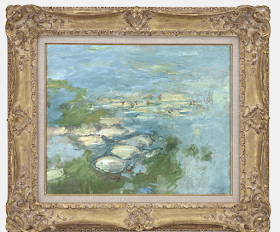I just changed the wallpaper photo on my personal laptop. I changed it to a winter scene of Kharpert when the Armenians lived there. My guess is it was just after a snowfall as the branches of the trees are still heavy with snow. There is a lone man riding a horse down the road. Being far removed from my agrarian roots, it could have been a donkey. The man on the horse might have been a priest. I only say this because his dress looked like robes, and maybe he had a priestly beard and hat. He could have been anybody of means from a merchant to landowner. There was something peaceful and serene about the photo of a place and time long gone. It was like a calm before the terrible events of the Genocide that emptied the Armenian Highlands of Armenians. I fell in love with the photo when I first saw and downloaded it so long ago; I have no recall of the source. As many images of the Armenia that once was and is no more, it both elated me and sat heavy on my heart.
I was pretty certain it was the part of the city they called Veri Kaghak or Upper City. But wanting to know more about this photo and its history, I googled “Kharpert in winter.” I clicked on one of the images. It led me to a March 7, 2016 posting in the Armenian News Network/Groong. The very interesting article by Abraham D. Krikorian and Eugene L. Taylor of Long Island was “Winter in Kharpert area: How much detail do we have on the use of a ‘kourss’ to keep the family warm in winter?” The article talked of the use of clay bricks, called kiremits, used to heat beds and of the kourss, which was a heavy table cloth/blanket. A pan (mangal) of coals would be under the table; the kourss was large enough for folks to sit under it and keep warm.
Between the explanation of the kiremits and the kourss, the article presented the photo of the Veri Kaghak in winter and gave the origin of it.
Photograph of Harpoot and the Euphrates College area taken by Ernest W.[ilson] Riggs, President of Euphrates College. Riggs was president of Yeprad College from 1910 to 1915, so the photo would have been given to Louise Carroll Masterson, Consul Masterson’s wife some time before 1914 when the Mastersons left Harput to go to the Consul’s new posting at Durban, South Africa.
I do believe that my grandfather, Aram Gavoor, went to Yeprad College and probably traversed the road in the photo countless times.
The photo was colorized and turned into a postcard with the caption or title: Harpoot Series No. 11, American Mission Premises in Winter, Harpoot. I wonder how many postcards were in the series. Needless to say, I searched again for “Harpoot Series postcards” and got more images of No. 11 and other postcards/photos of Kharpert but without the “Harpoot Series No.” on them.
I am amazed by the thoughts and reveries one old photo can generate.
Note: Originally published in the Armenian Weekly. Both photos from the Groong article.








